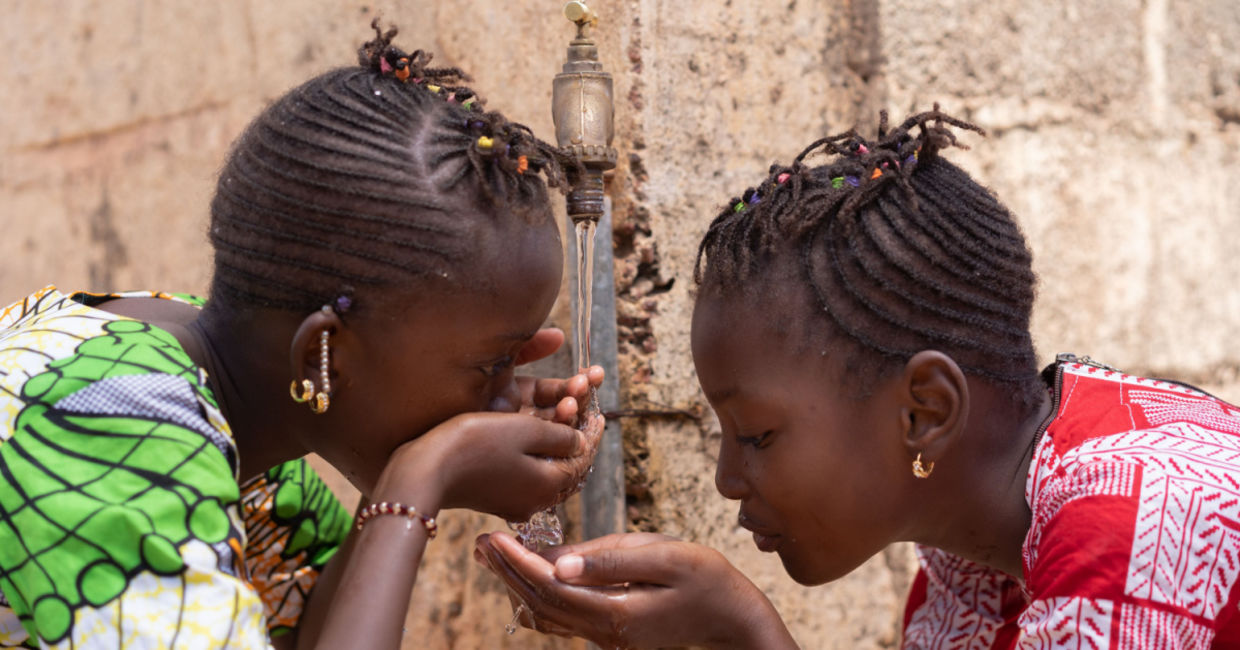
(Riccardo Mayer / Shutterstock.com)
Water is life. It is the source of any possibility for growth and vitality. That is why water waste is such a big concern in places where water is scarce. But that's where Direct Potable Reuse, also known as DPR can help.
DPR is a method for taking sewage water and turning it into drinking water, according to Wastewater Digest. Though the sound of it may make people squeamish, it has been used with great success and to no ill-effect in Namibia for over fifty years.
Water in the one of the driest countries in the world
According to Positive News, Namibia is the driest country in sub-Saharan Africa. Its capital, Windoek, is in the middle of two of the oldest deserts in the world, and is 400 miles away from the nearest river. And yet, over 400 thousand people live in Windhoek, and thanks to an ingenious method of water reuse, nearly every one of them has access to clean drinking water.
How do they do it?
According to the organization American Water Works Association, Windhoek built its first water-recycling plant in 1968, leading the area to be referred to as the “cradle of water-reclamation.” Over the years Windhoek has upgraded the plants a number of times, but the basic technology remains the same.
Positive News reports that the wastewater goes through an multi-barrier process which removes pollutants and harvests bacteria to eat the human waste in the water. This is similar to how water is filtered in nature. The water-reclamation plant, however, does it much faster. It produces safe drinking water within twenty four hours.
Making headway
Though Namibia has been successfully using DPR for a half a century, it has been slower to catch on in other parts of the world. But that is beginning to change. A number of States in the United States have begun using DPR and in 2025, El Paso Water will start operating the first direct to distribution DPR water plant in the United States. In addition, countries such as the Philippines and South Africa have also established small DPR plants.
Though the technology is completely safe, the greatest roadblock so far has been public opinion.Patty Tennyson, the Vice President of Katz and Associates, a public relations and outreach firm told Positive News, “Technology has never been the reason why these projects don’t get built – it’s always public or political opposition.”
The time for squeamishness has passed though. As temperatures soar, and the world gets thirstier this safe and efficient water-saving technology can not be ignored. The success of DPR in Namibia has shown, a little creativity can make even the desert bloom.
YOU MIGHT ALSO LIKE:
Transforming Desert Air into Water
Hydropanels Bring Drinking Water to Thirsty Towns
7 New Technologies That Create Clean Water for a Thirsty World






